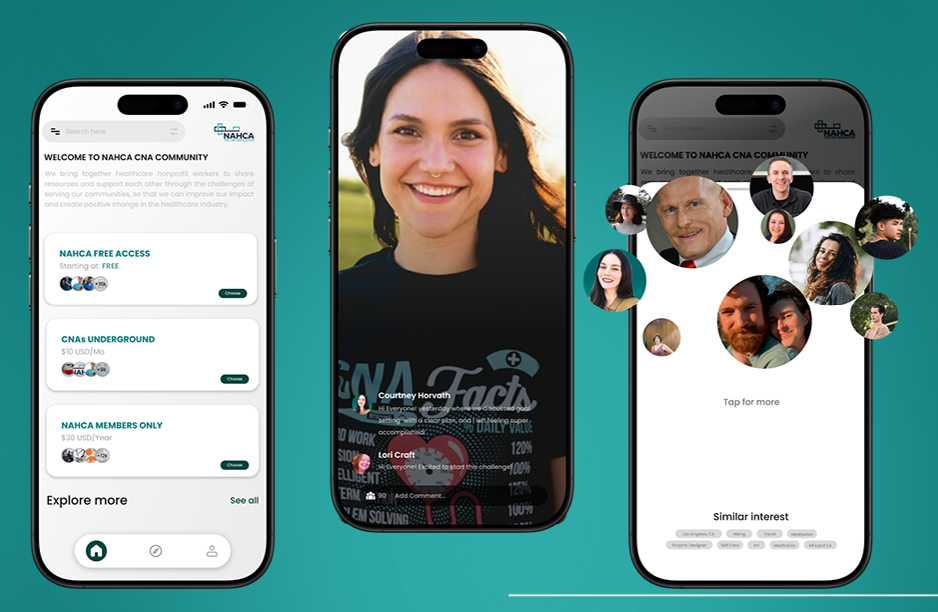You may have heard more about frailty related to older adults in the past year or so. There have been dozens of journal articles about this, and with good reason. We’ve learned that understanding a person’s frailty level can help determine what treatments or medications might best help them and what outcomes to expect if someone gets ill or injured.
So What is Frailty?
It’s more than physical weakness or being fragile or even underweight. While frailty is a common part of aging, how someone looks doesn’t tell the full story. Frailty is when the body loses its reserves and its ability to fight off and/or bounce back from illness or injury. As a result, frail people have fewer nature protections against sudden changes in health. How frail a person is depends on things like the ability to perform activities of daily living (ADLs) like bathing or dress, presence of common geriatric conditions such as dementia or incontinence, polypharmacy (taking several prescription medications), and weight/nutritional status.
While all older adults have some level of frailty, some are much more frail than others. And you can’t assess frailty based on looks. For instance, let’s take two residents: Mary and Claire. They’re both 85 and look so much alike they could pass for sisters. They’re good friends and share many common interests. So if they both got the flu, you could expect similar results, right? Well, not necessarily.
A Deeper Dive
While the two women look and act very much alike, Mary has arthritis and osteoporosis, but both are being managed with medications. Otherwise, she is healthy; and her cognition is good. Her favorite CNA teases her that she has a better memory than he does. Claire, on the other hand, is a cancer survivor with incontinence, atrial fibrillation, and COPD; she is starting to display some memory problems. She takes twice as many medications as Mary. As frailty is associated with sudden declines or reduced or lack of recovery after even a minor illness or problem, if both of these women were to get the flu, Mary is likely to have better outcomes based on her lower level of frailty.
Your residents’ physicians and other practitioners may use frailty level to predict how an illness may progress in a resident; and this information can be used for care planning and to determine realistic goals of care.
What this Means to Residents
- The higher someone’s frailty level is, the more difficult it may be for that resident to recover from an acute condition – whether it’s the flu or other illness or an accident such as a fall.
- When a resident (and their family) knows what risks their frailty level presents, this can help them make more informed and practical care decisions and choices.
- When a family understand that a loved one is very frail, they are more likely to have realistic expectations about outcomes and progression of illnesses. They can use this information to make decisions that are in the best interest of their loved one and focus more on quality of life.
What this Means to You
- Understanding that what someone looks like doesn’t tell the full story can help you provide the best possible, most person-centered care for your residents.
- Knowing which patients have higher levels of frailty can help determine what signs, symptoms, and red flags you can/should watch for.
- You can watch for and support signs of increasing frailty. This can help identify services or care that may help slow the person’s decline. For instance, with someone who still has a relatively low frailty level, strength training with free weighs may help keep that person healthier longer.




Very good!